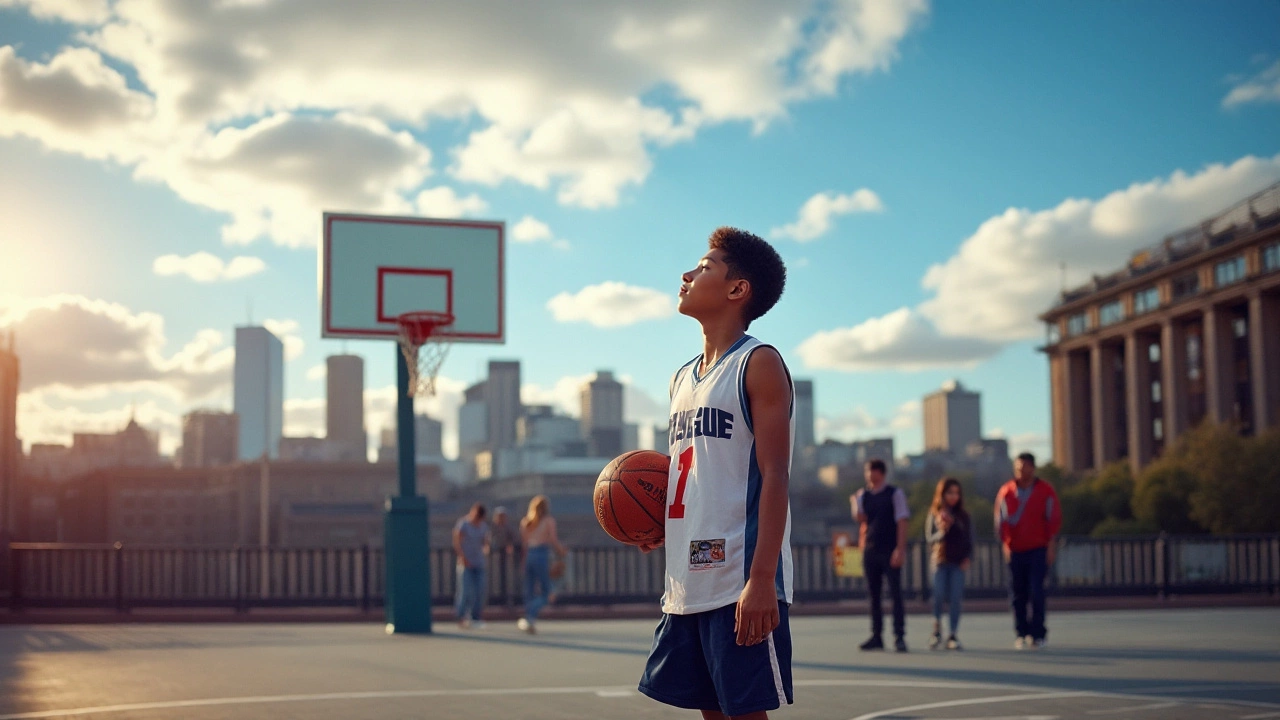
Player Development: Practical Tips to Boost Your Game
Want to get better faster? Player development isn’t magic – it’s a set of habits you can start today. Whether you’re a teen just joining a team or a seasoned pro looking for an edge, the right mix of training, recovery, and mindset makes a real difference. Below you’ll find simple, no‑fluff ideas you can drop into any sport.
Understanding Core Development Areas
The first step is to spot the three pillars that support every athlete: skill work, physical conditioning, and mental habits. Skill work means drilling the movements that matter most for your sport – think footwork for soccer, swing mechanics for golf, or hand‑eye coordination for tennis. Physical conditioning is about strength, speed, and endurance, but it should always serve the skill you’re trying to improve. Finally, mental habits like goal‑setting, visualization, and self‑talk keep you focused when the pressure builds.
Often players over‑focus on one pillar and neglect the others. A sprinter who only lifts weights may lose speed, while a basketball player who never works on conditioning will tire early. Balance is key: allocate time each week for each area and watch progress become steadier.
Simple Steps to Accelerate Progress
1. Set micro‑goals. Instead of "get better at passing," aim for "complete 30 accurate short passes in 5 minutes". Small targets give quick feedback and keep motivation high.
2. Use the 80/20 rule. Identify the two skills that give you 80% of the results and practice them more often. For a striker, this might be shooting and positioning; for a swimmer, it could be start technique and breathing rhythm.
3. Track everything. A simple notebook or phone app works. Log reps, sets, how you felt, and any tweaks you made. When you look back, patterns pop out – you’ll know what works and what doesn’t.
4. Prioritise recovery. Muscles grow while you rest, not while you lift. Aim for 7‑9 hours of sleep, include light stretching after workouts, and stay hydrated. Even a 10‑minute foam‑roll session can cut soreness dramatically.
5. Find a feedback loop. Record a short video of your technique or ask a coach for a quick watch‑point. Immediate feedback helps you correct errors before they become habits.
6. Mix up the routine. Your body adapts quickly. Change the order of drills, add a new resistance band, or swap a running route. Variety keeps the nervous system engaged and sparks new gains.
7. Stay curious. Read a short article, watch a tutorial, or listen to a podcast about your sport each week. Fresh ideas often translate into fresh improvements on the field.
Applying these steps doesn’t require a fancy gym or a pricey coach. Pick three that feel doable this week, stick with them, and watch the results stack up. Remember, player development is a marathon, not a sprint. Consistency beats flash‑in‑the‑pan effort every time.
Ready to level up? Start today with a micro‑goal, log your practice, and give your body the rest it deserves. Small actions add up, and soon you’ll notice you’re playing smarter, stronger, and more confidently than before.
